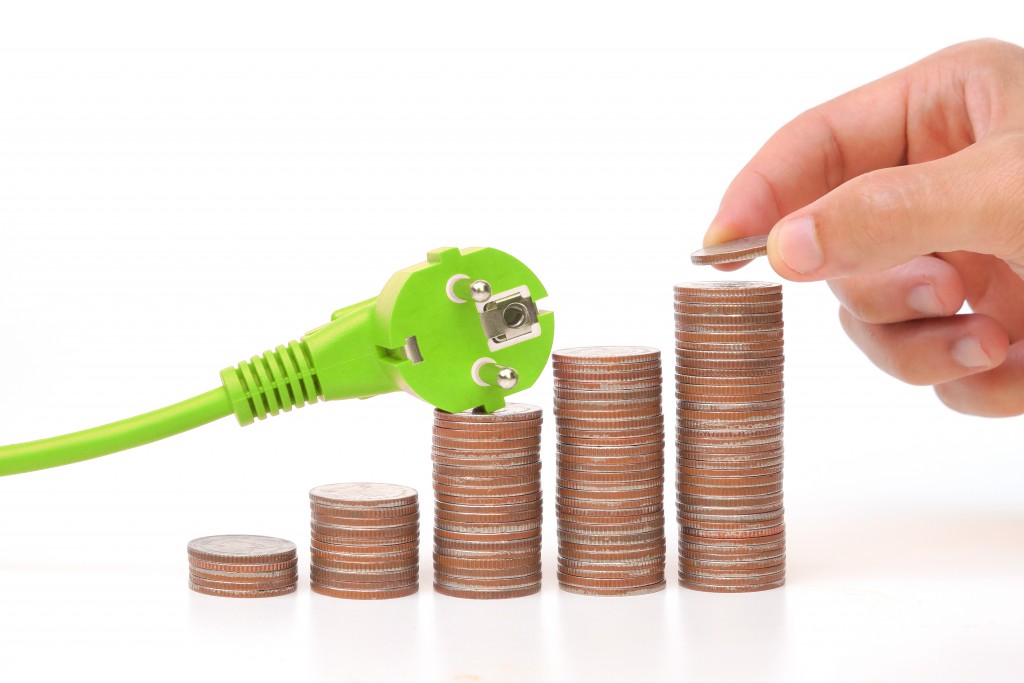Every month, we have a ton of bills that we already expect and budget out for. With that in mind, it can be a real hassle and problematic surprise when any one of our utility expenses comes in with an amount that is significantly more than what we may have expected. Sometimes, this happens even without an increase in prices. So, bringing down the bills would have to start with identifying what is causing them to go up in the first place. Here are some of the most common causes of an increased electric bill right from how your home is set up.
A busted electrical heater
If your heater runs electric, then it can already be quite a hog in consumption, but this can be even worse if it’s broken. It can take up more power just trying to keep itself running, especially during colder seasons if it is trying to keep up with the shifting temperatures. It would also be smart to get an electrician to check if it has something to do with the wiring.
Energy-hogging light bulbs
A surprisingly high amount of people still don’t prefer LED bulbs, but this could lead to more power-hungry lights that use up energy and can get quite hot. LED bulbs last longer and run on less energy consumption, so it’s best to make the switch already. On top of that, a lot of people keep lights on unnecessarily. So that’s something to keep an eye out for.
Keeping multiple appliances on standby
These days, many appliances, gadgets, and devices can go into a “sleep mode,” which is very convenient for users who want to quickly get back to what they were doing without having to start things up all over again. This sleep state, however, still consumes energy. Plus, many modern appliances aren’t entirely off anymore, even when you hit the power. They simply go into a standby state, which makes for a quicker power-on state when you need it. The trade-off for that convenience, however, is that they continue to cost you a sum even when you don’t think they do. The best way around this is to use a power strip to plug things into so that you can turn off the switch when they are not in use, effectively cutting off energy consumption when not in use.

A faulty air conditioner
Too many things can go wrong with an AC unit, and unfortunately, they most often result in increased electricity charges. As your AC works harder, it consumes more energy to get the results you need. Something as simple as a clogged filter or a broken thermostat can already spell headaches and give you a hard time trying to keep cool during the hottest times of the year.
Using old appliances
Older appliances won’t be as energy-efficient from the get-go, but on top of that, the wear and tear that comes with years of use eventually make it more power-hungry. Make it a habit to ensure that everything is in working order and to replace appliances regularly once they have exceeded a particular mark.
The U.S. Energy Information Administration notes that the average monthly bill for Americans dances around $99 to $120, so if yours is noticeably higher than that, it may be time to check for any of these household occurrences.











